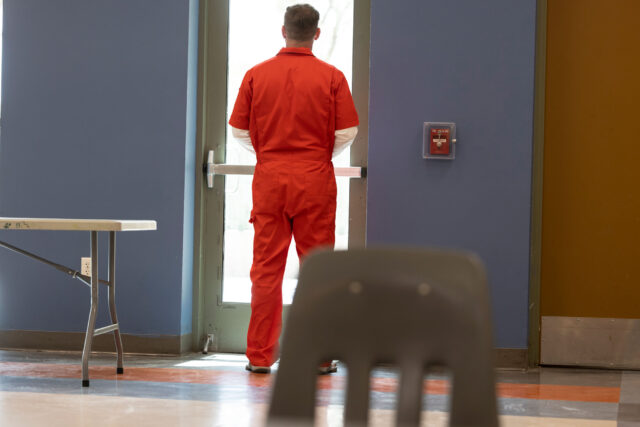Summary
California’s pretrial system is poised for reform. In 2018, the governor signed Senate Bill 10 (SB 10) to eliminate money bail and require the use of risk assessment tools when making pretrial release decisions. The law was put onhold after a challenge by the bail industry. Voters will decide its fate in a hotlydebated November 2020 referendum on Proposition 25. Proponents argue SB 10 would reduce jail populations while promoting public safety and court appearances, but critics express concern about the bill’s potential impact on crime and racial inequities.
The referendum will come amid widespread upheaval in the criminal justice system, from recent large-scale protests against racial injustice and police violence to concerns about the rapid spread of COVID-19 in jails and prisons. To address the latter, in April 2020 the Judicial Council issued a temporary zero-bail order for lower-level offenses, which may have served as a partial test case for SB 10-s reforms. However, data availability precludes us from determining the extent to which it affected pretrial release. In this report, we instead use the most recent data available to estimate the impact of SB 10-s shift to pretrial risk assessments on some release decisions.
- Thirty-eight percent of arrestees would likely undergo risk assessment each year. We estimate that at least 311,000 people would undergo risk assessment annually, ranging from fewer than 110 people in Mono County to more than 78,000 people in Los Angeles County. Local differences in population size, the prevalence of arrest, the share of felonies, and the share of bookings all contribute to this variation. The decline in tax revenue following the pandemic is projected to strain the state budget, raising questions about how the state will cover additional costs that may be associated with conducting these assessments.
- One-quarter of booked arrestees would likely see changes in when they are released. About 142,500 misdemeanants (39.6% of booked misdemeanants) who are currently detained or released after about two days would instead likely be released within 12 hours. Research suggests people who are released within a day may be less likely to be rearrested and more likely to meet their court dates, compared with those held for two to three days. By contrast, about 3,000 felons (1.3% of booked felons) who are currently released in a few hours would likely be held up to 36 hours for risk assessment. Depending on the outcome of their assessment, they may be detained during the pretrial period.
- Existing inequities in arrest, booking, and criminal history would likely lead African Americans to be held more often for risk assessment than other racial groups. For example, SB 10 requires counties to conduct a risk assessment after a felony booking, and African Americans are disproportionately booked after a felony arrest, rather than cited and released. Altogether, risk assessment rates for African Americans would far exceed those of other Californians: 49 percent of booked African Americans would be held for risk assessment, compared to 37 percent of whites and Latinos, and 36 percent of Asian Americans.
- Greater consistency in booking practices could mitigate some racial inequity. If counties booked all arrestees who meet the risk assessment criteria, racial inequity in pretrial detention could be reduced. But such a policy would lead to more jail bookings, which would carry costs for counties and the state and could lead to poorer criminal-justice and employment outcomes for detainees.
Our analysis suggests that SB 10 would likely achieve the goal of releasing more people sooner, but it would not address longstanding inequities in bookings and arrests. As the state continues its efforts to improve pretrial processes, it will be vital to thoroughly evaluate the existing system and the impacts of any future reforms. Currently, many counties and the state are not collecting and reporting comprehensive data on the number of people released and detained-with or without paying bail-and how long they are detained. Tracking this information is a necessary first step that would help guide counties and the state toward a more effective and equitable criminal justice system.
Topics
Criminal Justice Political LandscapeLearn More

County Jails House Fewer Inmates, but Over Half Face Mental Health Issues

Pandemic Policymaking and Changed Outcomes in Criminal Courts

California’s Leading Role in Providing Criminal Defense to the Poor

New Bail Ruling Could Affect Tens of Thousands of Californians

Pretrial Reform in California


